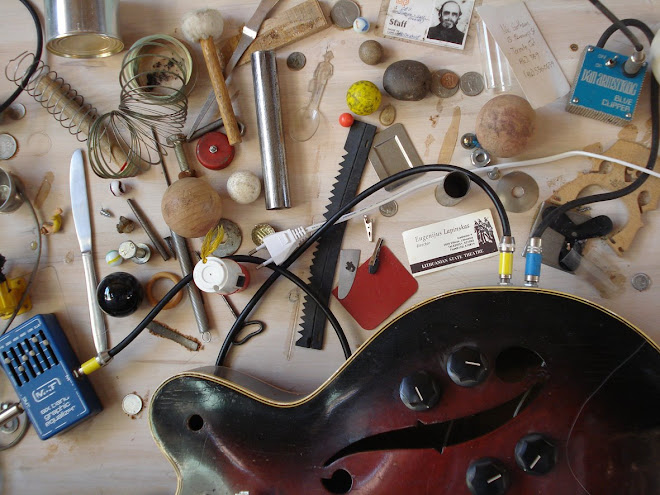Afghanistan once faced the future with confidence.
Caught here on film, it's an era the world has forgotten.
When a young American engineer Glenn Foster arrived in Afghanistan, he found a country rushing towards the future. The people are “exploding out into the open,” he said later.
It was 1952. Afghanistan was still a kingdom, and King Zahir had hired foreign technicians - including American engineers and construction specialists - to help build the new post-war Afghanistan. Post-World War Two, that is.
Afghanistan faced the world with confidence. Revenue from its main export, the karakul lambskin, had grown steadily as the furriers, milliners and clothiers of a stricken Europe decamped to the United States. Although poor and undeveloped, Afghanistan in the late 1940s held $100m dollars in reserves.
Glenn Foster carried with him a 16mm camera, and in the seven years that he was to live and work in Afghanistan he shot hour upon hour of film - of Afghan life and landscapes, of engineering projects, of Christmas parties in the American community. And in those hours of film he captured the country in a hopeful moment of its history that is all but forgotten.









:format(jpeg):mode_rgb()/discogs-images/R-1094677-1245484401.jpeg.jpg)





